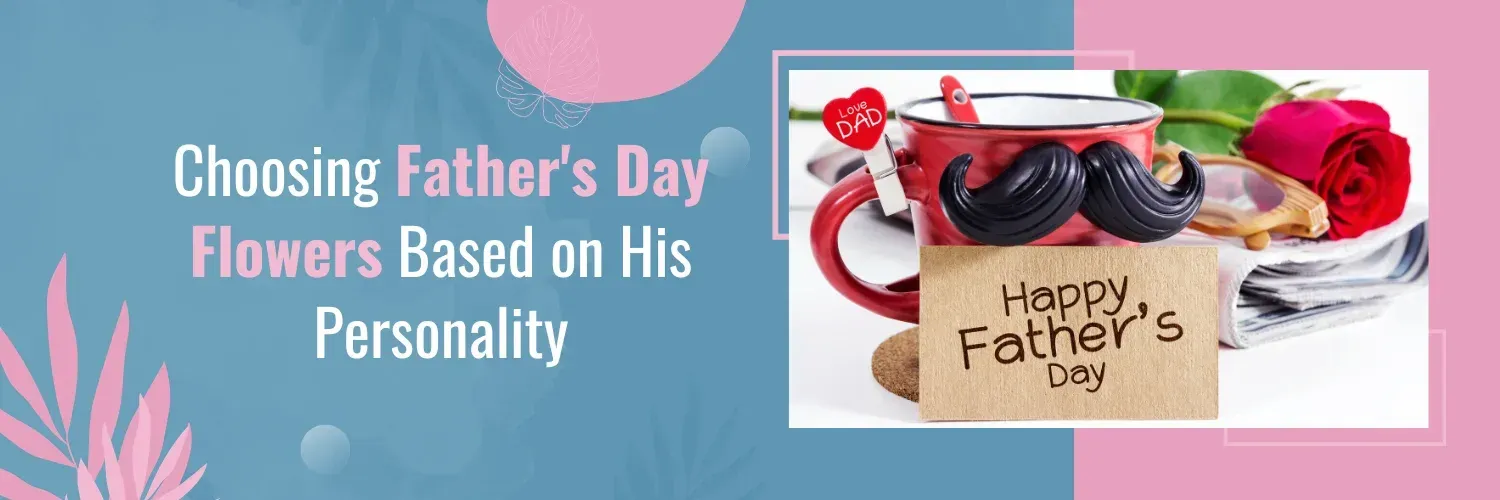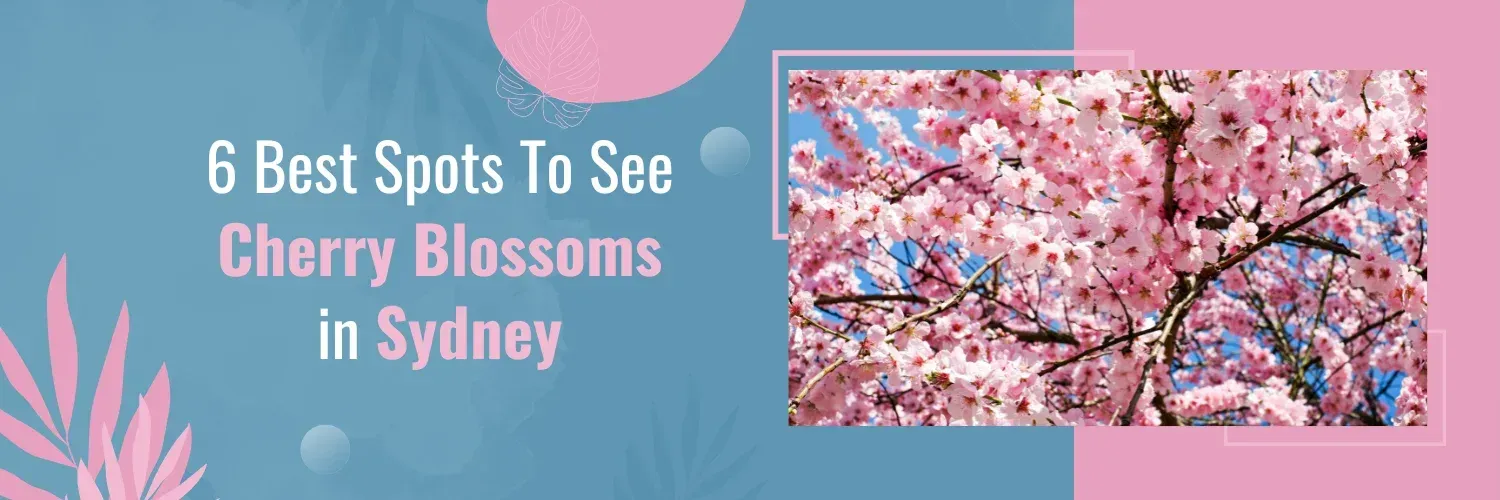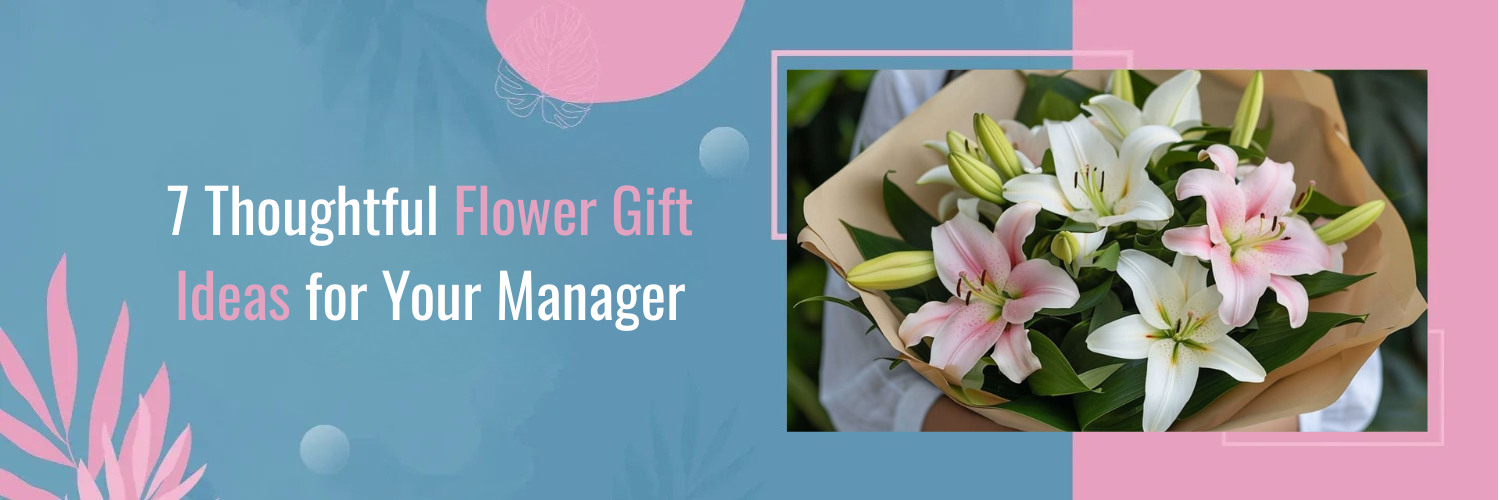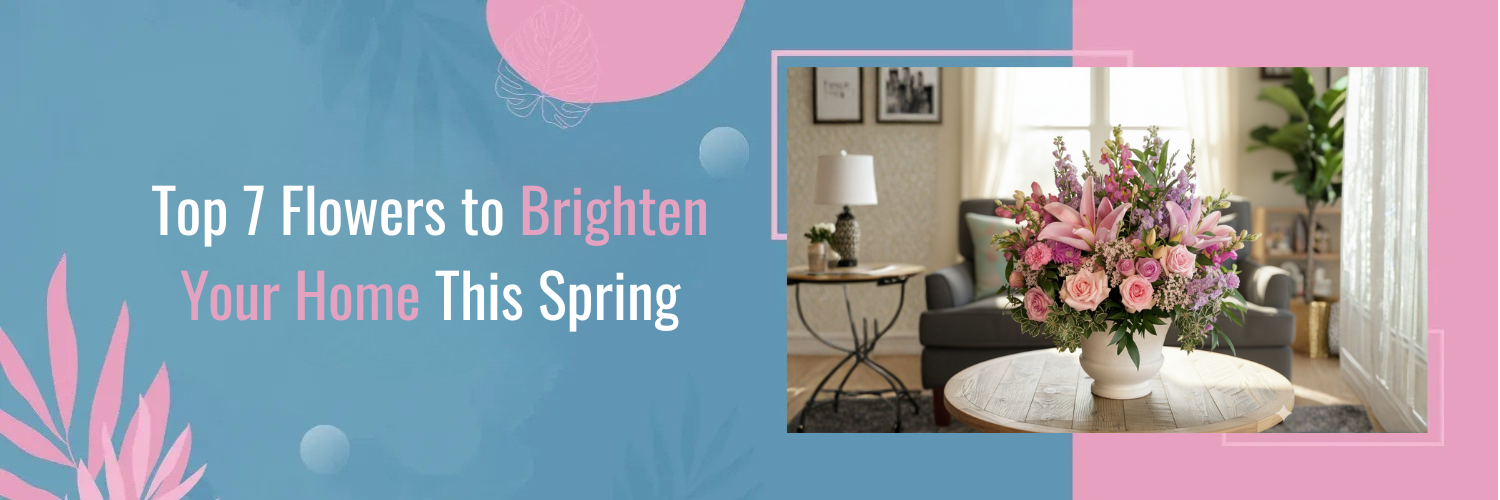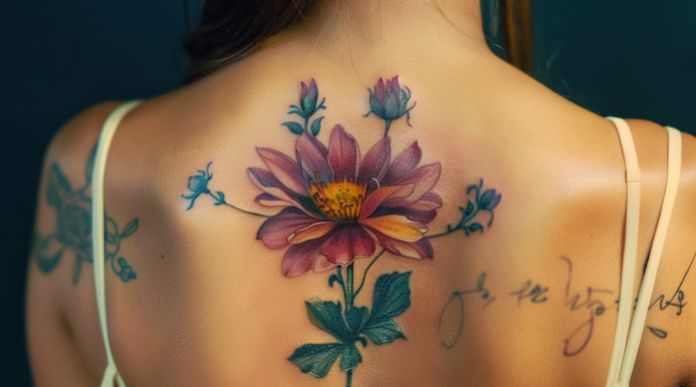Lots of folks think gardens need lots of sunlight to grow, but there are plenty of gorgeous flowers that actually love the shade. If you’ve got a shady spot you want to turn into a flowery wonderland, it’s important to know which flowers not only do well in the shade but actually prefer it. So, let’s get started!
Types of Shade

- Partial Shade:
Areas that receive a few hours of direct sunlight and are shaded for the rest of the day.
- Full Shade:
Areas that receive no direct sunlight but are illuminated by indirect or reflected light.
- Dry Shade:
Shaded areas that also suffer from low moisture levels due to tree roots or other factors.
- Moist Shade:
Shaded areas that retain more moisture, often found in damp, woodland-like environments.
10 Beautiful Shade-Loving Flowers
Now that we know about shade in gardens, let’s check out the 10 beautiful flowers that thrive in these conditions:
1. Hosta (Hosta spp.)

Hostas are renowned for their lush foliage and adaptability to shade. These perennial plants come in a variety of sizes and colours, making them a versatile choice for shady gardens. From striking variegated leaves to fragrant blooms, hostas add elegance and texture to any garden.
Care Tips for Hostas:
- Plant in well-draining, rich soil.
- Water regularly to keep the soil consistently moist.
- Mulch around the base to retain moisture and suppress weeds.
Astilbe (Astilbe spp.)

Known for their feathery plumes of flowers, astilbes thrive in moist, shady conditions. These perennials come in an array of colours, including pink, red, white, and lavender, adding a vibrant touch to the shady corners of the garden.
Care Tips for Astilbes:
- Plant in humus-rich, moist soil.
- Provide adequate water, especially during dry spells.
- Divide clumps every few years to maintain vigour.
3. Bleeding Heart (Dicentra spectabilis)

The delicate, heart-shaped flowers of the bleeding heart plant are a charming addition to shady gardens. These perennials bloom in spring, creating a romantic atmosphere with their dangling clusters of pink or white blooms.
Care Tips for Bleeding Hearts:
- Plant in fertile, well-drained soil.
- Provide consistent moisture, especially during hot weather.
- Mulch to conserve soil moisture and suppress weeds.
Columbine (Aquilegia spp.)

Columbines are prized for their unique, spurred flowers and airy foliage. These perennials thrive in partial shade and come in various colours, attracting pollinators like bees and butterflies to the garden.
Care Tips for Columbines:
- Plant in moist, well-drained soil.
- Water regularly, especially during dry spells.
- Deadhead spent flowers to encourage prolonged blooming.
Foxglove (Digitalis purpurea)

With its towering spikes of tubular flowers, foxglove adds vertical interest to shady borders. These biennials or short-lived perennials prefer partial shade and are beloved for their cottage garden charm.
Care Tips for Foxgloves:
- Plant in fertile, well-drained soil.
- Provide afternoon shade to protect from intense sunlight.
- Beware of toxicity; keep away from children and pets.
6. Impatiens (Impatiens spp.)

Impatiens are renowned for their prolific blooms and ability to thrive in shady conditions. These annuals come in various colours, brightening up even the darkest corners of the garden with their cheerful flowers.
Care Tips for Impatiens:
- Plant in moist, well-drained soil.
- Water regularly to keep the soil consistently moist.
- Deadhead spent blooms to promote continuous flowering.
7. Lungwort (Pulmonaria spp.)

Lungwort is prized for its unique foliage, which features silver-spotted leaves that add visual interest to shady gardens year-round. In spring, it produces pink, blue, or white flower clusters, attracting early pollinators.
Care Tips for Lungwort:
- Plant in moist, well-drained soil.
- Provide partial to full shade, especially in hot climates.
- Divide clumps every few years to rejuvenate the plant.
8. Japanese Anemone (Anemone hupehensis)

Japanese anemones are cherished for their graceful, nodding flowers
and fern-like foliage. These perennials thrive in partial shade and bloom from late summer into fall, adding a touch of elegance to the autumn garden.
Care Tips for Japanese Anemones:
- Plant in fertile, well-drained soil.
- Provide consistent moisture, especially during the establishment period.
- Mulch to conserve soil moisture and suppress weeds.
9. Hellebore (Helleborus spp.)

Hellebores, also known as Lenten roses, are beloved for their early spring blooms and evergreen foliage. These perennials prefer partial to full shade and come in a variety of colours, ranging from white and pink to deep purple.
Care Tips for Hellebores:
- Plant in fertile, well-drained soil.
- Provide consistent moisture, especially during dry spells.
- Remove old foliage in late winter to showcase new growth.
10. Ferns (Various Genera)

Ferns are an indispensable part of shaded gardens, prized for their lush, textural foliage. From delicate maidenhair ferns to robust ostrich ferns, there’s a fern species for every shady corner of the garden.
Care Tips for Ferns:
- Plant in humus-rich, well-drained soil.
- Water regularly to keep the soil consistently moist.
- Mulch to retain soil moisture and suppress weeds.
Creating a vibrant and colourful garden in shady areas is not only achievable but also incredibly rewarding. With our guide’s selection of beautiful flowers, you can transform your low-light spaces into enchanting floral havens. If you want to learn more tips on caring for flowers and plants, check out Bourkes Florist’s blog
for the latest updates.
FAQs
Q: Can I grow shade-loving flowers in containers?
Yes, many shade-loving flowers, such as impatiens and ferns, thrive in containers as long as they’re provided with adequate moisture and shade.
Q: How do I improve drainage in my shady garden?
Incorporating organic matter, such as compost or well-rotted manure, into the soil can improve drainage in shady gardens. Additionally, raised beds can help elevate plants out of excessively wet soil.
Q: Are shade-loving flowers low maintenance?
While shade-loving flowers typically require less maintenance than sun-loving plants, they still benefit from regular watering, mulching, and occasional fertilization to thrive. However, many shade-loving perennials are long-lived and require minimal care once established.
